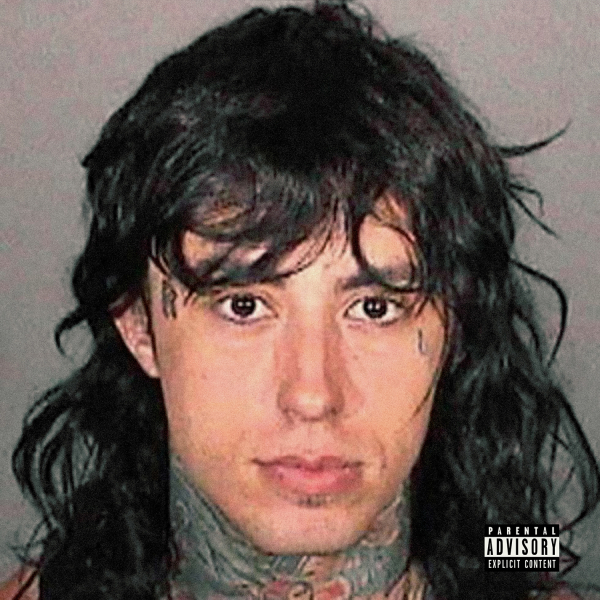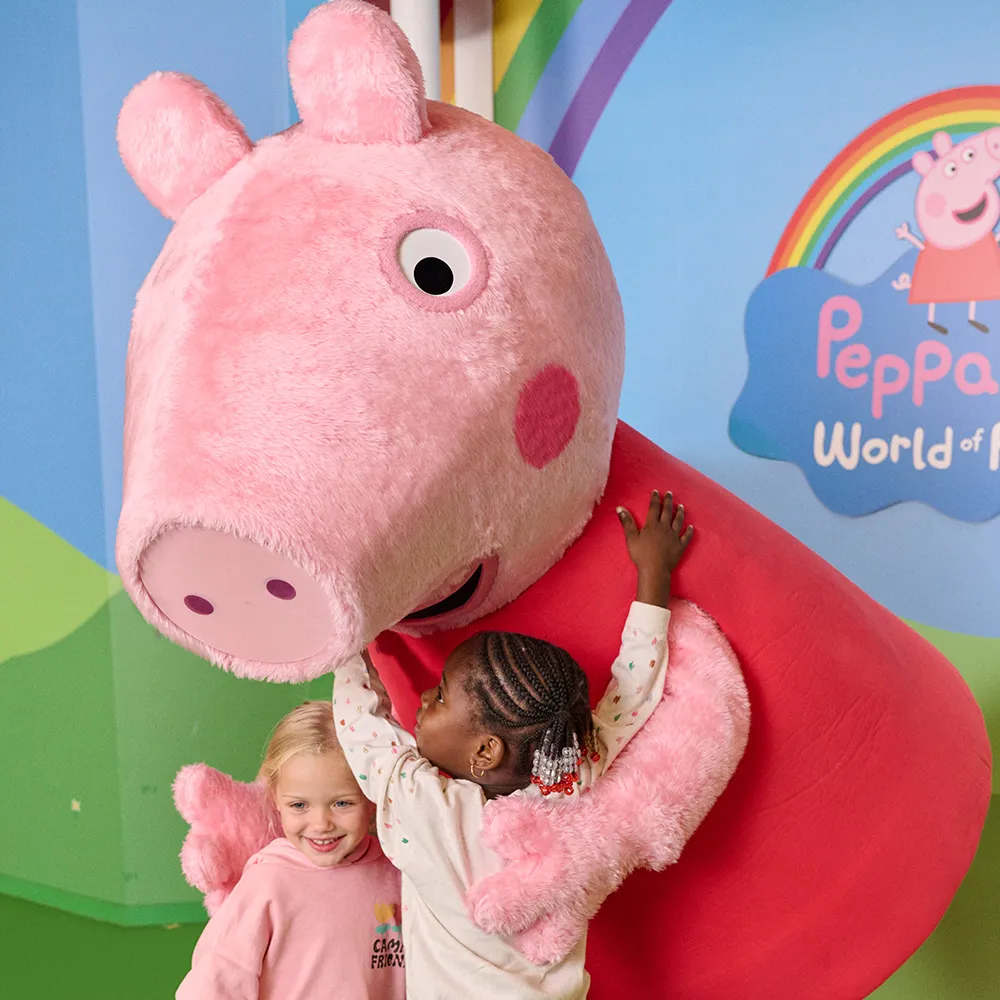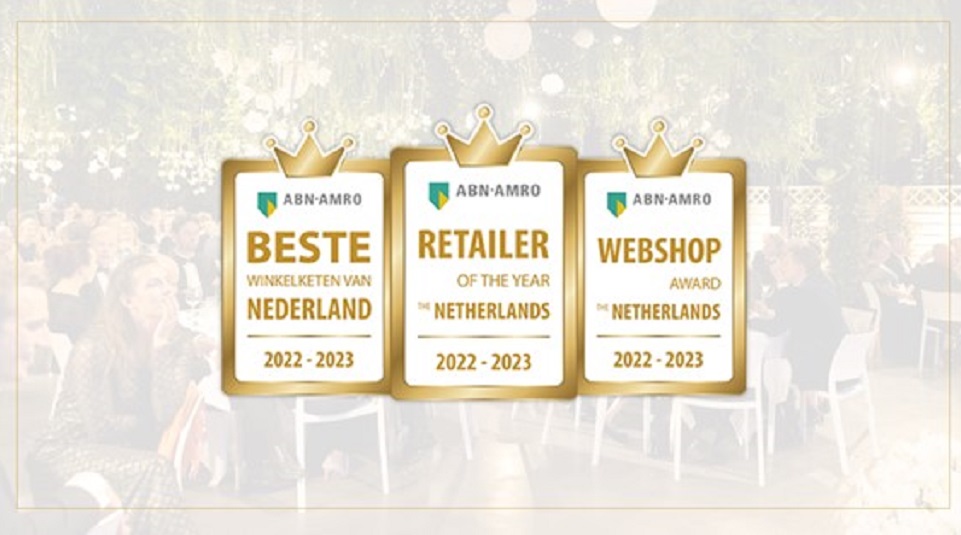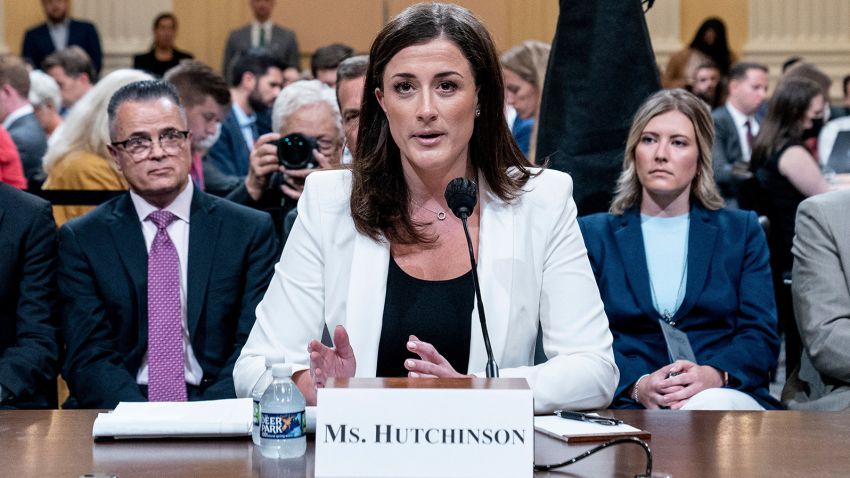Love Monster In Popular Culture: Examining Its Depiction Across Media

Table of Contents
Love Monsters in Literature
The archetype of the Love Monster has deep roots in literature, evolving from classic gothic horror to contemporary romance and children's stories.
Romantic Gothic Novels: The Seductive Destroyer
Gothic literature often features monstrous lovers who embody a seductive yet destructive power. These characters blur the lines between attraction and danger, highlighting themes of forbidden love and societal transgression.
- Dracula (Bram Stoker): Dracula's charismatic allure masks his predatory nature, representing the danger of unchecked desire and the violation of boundaries. His monstrousness stems from his undead nature and his parasitic need for blood, yet his charm and power initially attract his victims.
- Frankenstein's Creature (Mary Shelley): The creature, though physically monstrous, yearns for connection and understanding. His rejection by society fuels his rage, highlighting the societal creation of monsters and the destructive nature of prejudice. His love for his creator is tragically unrequited, demonstrating the potential for monstrous behavior stemming from unmet needs.
- Heathcliff (Wuthering Heights by Emily Brontë): While not overtly monstrous in appearance, Heathcliff's obsessive love and vengeful actions highlight the destructive potential of uncontrolled passion and the blurring lines between love and hate.
Modern Fantasy and Romance: Reimagining the Monstrous Lover
Contemporary fantasy and romance novels often reimagine the Love Monster trope, presenting monstrous traits as either obstacles to overcome or integral parts of a character's identity.
- Many paranormal romance novels: frequently feature monstrous figures like werewolves or vampires as romantic leads, transforming the monstrous into something desirable and romantic. These works often explore the themes of acceptance, overcoming prejudice and the idea that true love can conquer monstrous traits.
- Books featuring characters with physical or psychological scars: The "monster" can represent inner demons or past trauma. The narrative frequently focuses on the character's journey toward self-acceptance and the transformative power of love.
- Characters with supernatural abilities: These abilities, while potentially dangerous, can also be seen as a manifestation of their unique nature and a source of strength in love.
Children's Literature: Taming the Fear
Children's literature often uses the Love Monster trope to address fears and anxieties about love and relationships in a gentle and reassuring manner. The monstrous appearance is typically softened, and the emphasis is placed on the creature's capacity for love and affection.
- "Where the Wild Things Are" by Maurice Sendak: While not explicitly a "love monster," Max's wild things embody aspects of both fear and affection, showcasing how children can confront their emotions and find comfort even in seemingly monstrous figures.
- Many children's books feature cuddly, friendly monsters who ultimately represent the acceptance of differences and the power of friendship. These books often explore themes of overcoming fear, embracing diversity and the idea that "monsters" can be kind and loving.
Love Monsters in Film and Television
The Love Monster's cinematic presence is equally diverse, spanning horror, romantic comedies, and animation.
Horror Films: Obsession, Violence, and Control
Horror films often depict monstrous lovers as figures of obsession, violence, and control. These characters use their power to manipulate and dominate their victims, showcasing the dark side of love and the dangers of toxic relationships.
- "Misery" (based on the Stephen King novel): Annie Wilkes embodies a fan's obsessive love that turns violent and controlling, highlighting the terrifying aspects of unhealthy attachment.
- Many slasher films: utilize the "monster" as a symbol of repressed desires and the destructive consequences of these desires. The monster's actions often reflect societal fears and anxieties.
Romantic Comedies and Dramas: Endearing Quirks or Comedic Flaws
Romantic comedies and dramas often use the Love Monster trope satirically. "Monstrous" traits are presented as comedic flaws or endearing quirks, softening the typically darker aspects of the archetype.
- "Notting Hill": While not literally a monster, the contrast between the fame and normalcy of the characters plays with the idea of an "unconventional" love. It explores themes of bridging social divides and finding love where one might not expect it.
- Many romantic comedies feature characters with eccentric personalities that become endearing quirks to their partners. This allows for a comedic approach that softens the negative connotations usually associated with the Love Monster.
Animated Films and Shows: Visual Storytelling
Animated films and shows offer unique opportunities to visually represent the Love Monster, using design to convey both fear and affection. The visual style impacts audience perception, tailoring the portrayal to the target age group.
- Monsters Inc.: The monsters are initially portrayed as scary, but the narrative reveals their inherent kindness and affection. This effectively addresses children's fear of the unknown.
- Many animated films utilize anthropomorphic monsters, softening their appearance and enabling them to express a range of emotions. This makes the concept more accessible to children and families.
Love Monsters in Video Games
Video games offer interactive narratives, allowing players to directly engage with Love Monsters as antagonists, allies, or romantic interests.
- Many role-playing games (RPGs): feature characters who could be classified as Love Monsters; their "monster" status is often tied to their power, their past or their nature. The gameplay mechanics reflect these aspects, shaping player interactions.
- Games featuring romance options: These options often involve characters with unique traits, which could include "monstrous" qualities that players must learn to accept and love.
- The portrayal of monsters as villains or allies: reflects a wide range of narrative possibilities, reflecting different relationships between monsters and other characters.
The Evolution and Cultural Significance of the Love Monster
The representation of the Love Monster has evolved significantly throughout history, mirroring changing societal norms and anxieties about love, relationships, and identity.
- Early depictions: frequently emphasized the destructive and dangerous aspects of love, reflecting societal concerns about uncontrolled passions and the potential for violence.
- Modern portrayals: often focus on overcoming prejudice and embracing difference, reflecting a more nuanced and accepting view of relationships and identity. The "monster" can represent anything from a person with physical or mental disabilities, to someone from a different culture or background.
- The ongoing evolution of the trope: continues to reflect shifting social norms and values, including evolving understandings of gender, sexuality, and identity.
Conclusion: Understanding the Enduring Appeal of the Love Monster
The Love Monster, in its diverse depictions across various media, provides a powerful lens through which to examine our complex relationship with love, fear, and identity. Its enduring appeal lies in its paradoxical nature – the simultaneous attraction and repulsion it evokes. From the seductive vampires of Gothic novels to the quirky monsters of romantic comedies, the Love Monster continually adapts to reflect our evolving cultural anxieties and desires. Delve deeper into the fascinating world of the Love Monster and explore the rich tapestry of its representations in popular culture. Consider how specific examples challenge or reinforce societal norms, and continue exploring the diverse depictions of the Love Monster in your favorite media.

Featured Posts
-
 Digital Detox For Families Your Guide To A Screen Free Week
May 22, 2025
Digital Detox For Families Your Guide To A Screen Free Week
May 22, 2025 -
 Meet Peppa Pigs New Baby Everything We Know So Far
May 22, 2025
Meet Peppa Pigs New Baby Everything We Know So Far
May 22, 2025 -
 Cau Va Duong Moi Giua Binh Duong Va Tay Ninh
May 22, 2025
Cau Va Duong Moi Giua Binh Duong Va Tay Ninh
May 22, 2025 -
 De Voedingsindustrie En Goedkope Arbeidsmigranten Een Analyse Van Abn Amro
May 22, 2025
De Voedingsindustrie En Goedkope Arbeidsmigranten Een Analyse Van Abn Amro
May 22, 2025 -
 Cassidy Hutchinson Plans Memoir On Her Jan 6 Testimony
May 22, 2025
Cassidy Hutchinson Plans Memoir On Her Jan 6 Testimony
May 22, 2025
